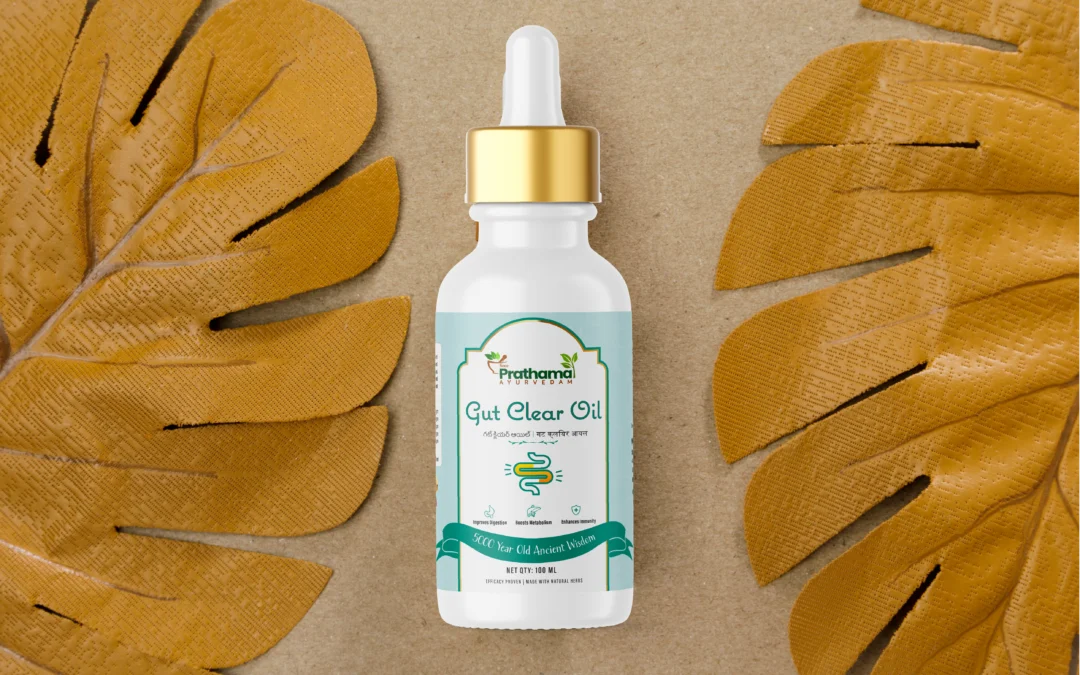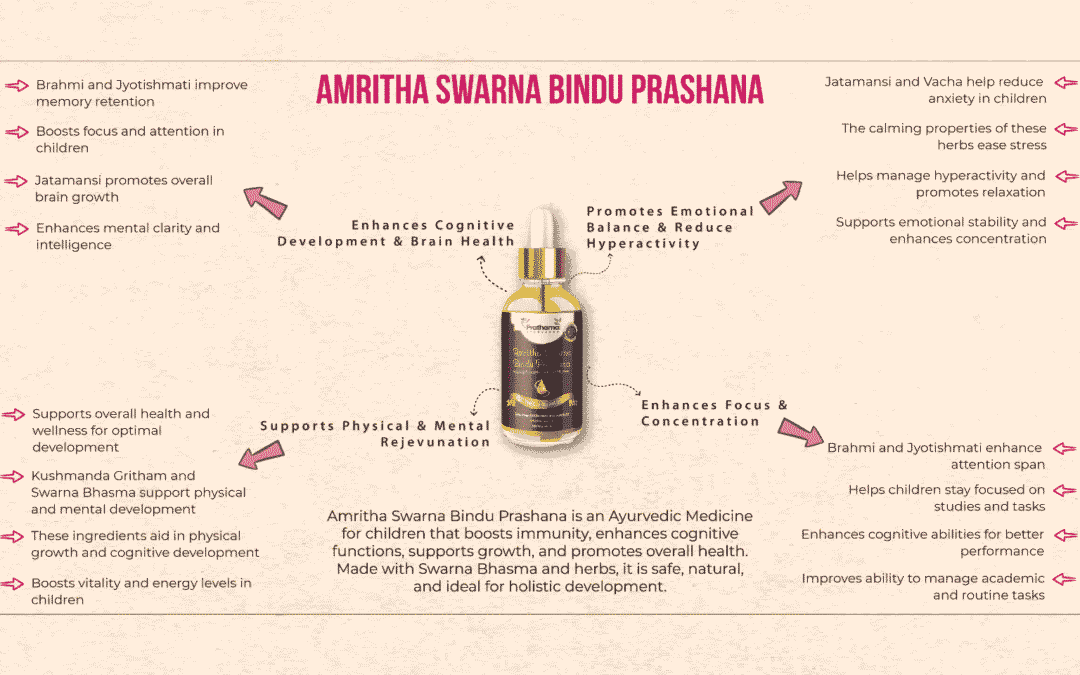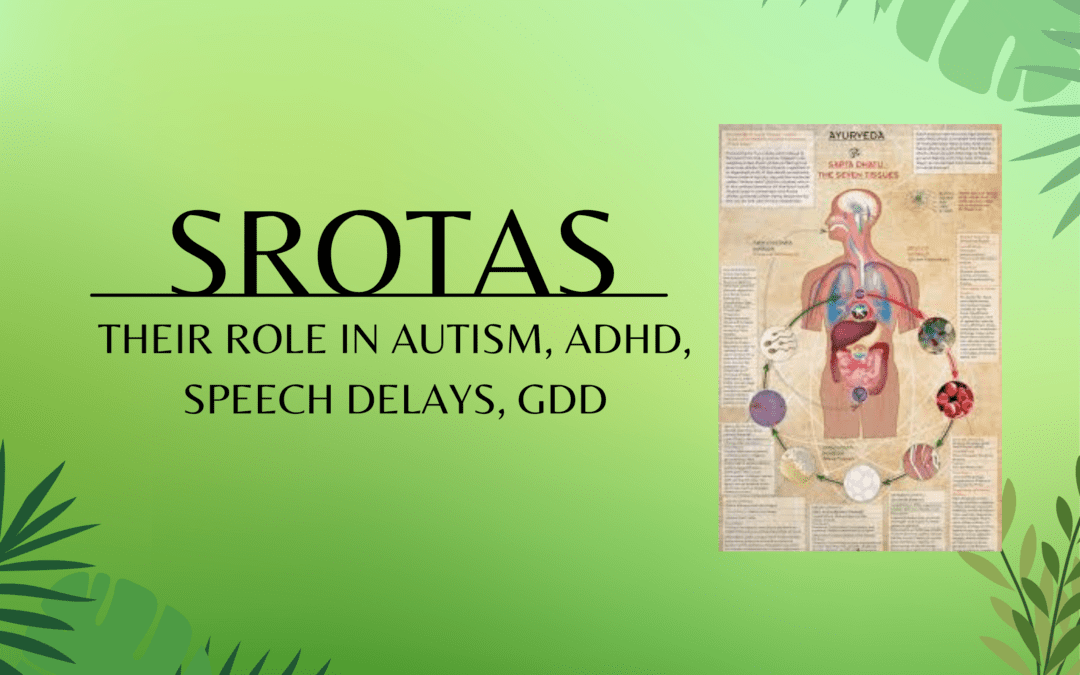Panchakarma – Detoxification Therapy
Humans are constantly exposed to potentially toxic environmental chemicals through food, environmental pollution of the air, water and soil. Human body cannot get rid of these toxins as most of these are fat soluble and limited excretory capacity of humans.
- This results in cumulative accumulation of these toxins in various body tissues posing serious health consequences including cancer.
- The concept of Dushi Visha elaborated in Ayurveda is analogous with cumulative accumulation of environmental toxins.
- This Dushi Visha is said to interact with kapha resulting in detrimental health outcomes.
- Shodhan through #Panchakarma therapy (detoxification therapy) is the only therapeutic approach to get rid of these environmental toxins. Panchakarma therapy restores normal health through detoxification of the body.
- Toxins are there in the environment around us and also in the food we eat.The environment has Lead for example, which got introduced due to the use of leaded gasoline until a few years ago. Synthetic Hormones are in the meats, milk and other dairy products we eat. Pesticides, Herbicides and Fungicides are also present in the grains and produce we eat.
- These are some of the thousands of Toxins that enter our Body on a continuous basis due to our daily exposure to chemicals in our very homes and environment. This toxin enters the blood stream and is circulated throughout the body, clogging the channels. Retention of toxins in the blood results in toxaemia.
- This accumulated toxicity, once well established, will slowly affect vital life energy and immunity resulting in disease.
- In Ayurveda, Dushivisha(Cumulative Poison);is a form of toxin (animal origin, plant origin, artificial poison) that has not been completely eliminated or neutralised due to various reasons, remains in the body for some time and eventually gets manifested in the form of some disease.
- Dushivisha is mild in potency; so is not lethal but causes various diseases as toxin remains in the body for longer time; if untreated.
It is true that our Body has natural detoxification mechanisms like the Liver, Lung, Kidneys, Colon etc. The human body was designed to cope up with extremely low levels of Toxins that existed in the environment thousands of years back. It is incapable of handling the Toxic Overload / Stress of our environment today. The concept of Detoxification is a few thousands years old in India. It is the foundation and an integral part of Ayuveda.
Ayurveda has evolved Bio- Purification procedures like Panchakarma to detoxify the human body, also it can neutralize toxins created in our body due to the high levels of stress of modern society.
Panchakarma:
Panchakarma therapy is a preventive health care procedure which will benefit any adult without reference to his present health condition. Ayurveda however is preventive medical science with a goal to maintain the human body in a state of perfect health.
Its goal is to prevent the onset of disease in the human body. With the recent evolution of Modern Ayurveda, it is now possible to use standard pathological tests to monitor the removal of toxins from the body. Keeping the main excretory organs of the body like the Colon and Kidney working at peak capacity will certainly help prevent the accumulation of fresh toxins in the body besides aid in the removal of existing toxins from the body.
Panchakarma (Detoxification) should be done periodically, preferably every year to maintain the body in a state of prefect health. Panchakarma (Detoxification) should be evaluated by standard blood tests (read for Optimum Values) to be done before and after the Panchakarma to assess the effectiveness of the detoxification. With each round of Detoxification these should keep on improving for individuals with healthy eating habits and life style.
Ayurveda propounds that the cause of all human disease are the failure of harmonies and the process of pathogenesis begins with the accumulation of morbid wastes and toxins, in the body.
The purification therapy is described classically in terms of Samshodhana by Panchakarma procedures.
These five procedures (Vamana,Virechana, Basti, Nasya and Raktamokshana) have been applied in almost all diseases.It has also been claimed that this therapy affords a permanent cure.Through Panchakarma therapy these toxic clogs are removed to normalize the physiological process.
Hence Panchakarma therapy is called as detoxification therapy. Panchakarma therapy is also used as a purification therapy to cleanse the body before starting a treatment. So Panchakarma is a full therapeutic role as a promotive, preventive, curative and rehabilitative procedure.
Objective of Panchakarma (Detoxification) therapy:
Panchakarma is performed with three main objectives!
(i) Preventive Panchakarma -Promoting the health of healthy individuals
(ii) Curative Panchakarma – Eradicating the disease of a diseased persons
(iii)Conservative Panchakarma – Disease suppression and rehabilitation.
The Panchakarma (detoxification) process contains three steps.
1)Purvakarma – Preparations which have to be done before the detoxification
2)Pradhanakarma – The main detoxifying process
3)Pashchat karma – Rehabilitating the diet and lifestyle after the detoxification process.
Purvakarma:
Snehana Karma (Oleation therapy);
Procedure adopted to induce lubrication of internal and external body channels and tissues with Sneha Dravyas.
Snehana Karma is of two types
(i)Abhayanga (External oleation) by massage with medicated oils. External oleation is done after the completion of internal oleation.. The whole body or body part is massaged with medicated oil.
(ii) Snehapana (Internal oleation) for purification or shamana.
Internal oleation is done by administering small quantities of medicated oil or ghee internally. The duration of internal oleation, quantity and type of medicated oil or ghee is determined by the physician after analyzing the body constitution of the patient. The patient has to eat liquid food or light food on the day prior to internal oleation. After consuming the medicated oil or ghee the patient is encouraged to sip warm water frequently. When medicated oil or ghee is completely digested, the patient is advised to consume light food.
Snehana Karma leads to Oleation, Liquefaction, Increased fluidity and Softening. These steps are adopted to soften the channels and toxins, so that the toxins can get detached and eliminated easily during main detoxifying process.
Purvakarma – Swedana (Fomentation / Sudation therapy):
Swedana relieves stiffness, heaviness and coldness of body and induces the sweating. Swedana is preceded by Snehana (oleation therapy). As a result the waste materials blocked in the body channels become unctuous and the channels become lubricated. Through Swedana these waste materials are brought into the main body channels (Kostha), before it is expelled through the main techniques of Panchakarma.
Both snehana and swedana help to soften the channels and toxin clogs. Elimination of toxins becomes easy when channels are soft and toxins are loose.
Pradhanakarma– Panchakarma (Five Major Purificatory Therapies);
1. Vamana Karma: Therapeutic vomiting or emesis therapy
2. Virechana Karma: Purgation therapy
3. Basti Karma: Enema therapy
4. Nasya Karma: Errhine therapy
5. Raktamokshaņa Karma: bloodletting therapy.
Vamana (emesis therapy):
When there is congestion in the lungs causing repeated attacks of bronchitis, colds, cough or asthma, the Ayurvedic treatment is therapeutic vomiting (Vamana), to eliminate the kapha.
Vamana therapy is conducted in early hours of day, when kapha dosha is dominant. Vitiated doshas and accumulated toxins are expelled through methodically induced emesis. Detoxification through vamana is suggested in diseases which mainly involve kapha dosha. Therapeutic vomiting is also indicated in chronic asthma, diabetes, chronic cold, lymphatic congestion, chronic indigestion and edema.
Virechana (purgation therapy):
When excess Pitta is accumulated gall bladder, liver and small intestine, it tends to result in rashes, skin inflammation, acne, chronic attacks of fever, biliary vomiting, nausea and jaundice. Ayurvedic literature suggests in these conditions the administration of therapeutic purgation.
Virechana is expelling the vitiated doshas and toxins through purgation. This therapy can be conducted as an individual detoxification therapy or as a follow up therapy next to vamana to ensure complete detoxification. This detoxification method helps to expel toxins and vitiated doshas from blood, liver and intestines.
Basti (enema therapy):
Vata predominant site is the colon. Basti karma is expelling body toxins and vitiated doshas by introduce medicated liquids or oils through anus, urethra or vaginal canal. Basti is the most effective treatment of Vata disorders. Basti karma is usually performed after the first two detoxification process namely vamana and virechana or only after virechana. The expelled medicated liquids/Oil brings out toxins and vitiated doshas along with it. Introducing medicated liquids and oils through urethra in men or through vagina in women, is called uttara basti.
It relieves constipation, distension of abdomen, chronic fever, cold, sexual disorders, kidney stones, heart pain, backache, sciatica and other pains in the joints. Many other Vata disorders such as arthritis, rheumatism, gout, muscle spasms and headaches may also be treated with Basti. Basti improves vision, decreases weight in obese people, increases weight and nourishes emaciated persons, slows down ageing process and boosts health.
#Nasya (errhine therapy):
The nose is the gateway to the brain. The nasal administration of medication is called Nasya. Vitiated doshas and toxins which are accumulated in head and neck are expelled through nose and mouth along with nasal and oral secretions. This detoxification method is also known as Shirovirechana.
Prana, life force as nerve energy, enters the body through the breath taken in through the nose. Prana is in the #brain and maintains sensory and motor functions. Prana also governs mental activities, memory, concentration and intellectual activities. Deranged Prana creates defective functioning of all these activities and produces headaches, convulsions, loss of memory and reduced sensory perception. Thus nasal administration, Nasya is indicated for Prana disorders, sinus congestion, migraine headaches, convulsions and certain eye and ear problems.
Raktamokshana (therapeutic bloodletting):
Toxins present in the gastro-intestinal tract are absorbed into the blood and circulated throughout the body. Also the metabolic waste products not eliminated properly and the free radicals produced by them are the basic cause of repeated infections, hypertension and certain other circulatory conditions. This includes repeated attacks of skin disorders such as urticaria, rashes, herpes, eczema, acne, leukoderma, chronic itching or hives. In such conditions bloodletting is indicated.
This procedure can be done in two ways-
1)Blood letting with Instruments: also called Siravedha is one of the varieties of blood letting and it can be done with the help of needle and some physicians perform veinisection . But blood letting with needle is very simple and easy method and can be done anywhere without any operation theatre.
2) Blood letting without Instruments: also called #Leech application.
Extracting a small amount of blood from a vein purifies the Pitta.
Bloodletting also stimulates the spleen to produce antitoxic substances which helps to stimulate the immune system. Toxins are neutralized enabling radical cures in many blood born disorders.
All panchakarma or detoxification therapies have to be conducted strictly under the supervision of well experienced qualified Ayurvedic doctors.
Pashchat Karma :
A strict diet and lifestyle procedure has to be followed throughout Panchakarma treatment.
The rehabilitative procedures to bring back the diet and lifestyle to normal are considered as “Paschat Karma”. In this stage the digestion power is brought back to normalcy. Medicines are administered to rejuvenate the body or to treat the disease.
In the process of Panchakarma ( Detoxification) of the body, it will certainly help prevent the #accumulation of fresh #toxins in the body besides aid in the removal of existing toxins(Dushivisha) from the body. It is the safe and cost-effective procedures of Ayurveda.
Panchakarma is not only good for alleviating disease due to toxins but is also a useful tool in maintaining excellent health.
Book an appointment with us. We are just a Phone call away, Let us Talk.
Phone no : +91 9989759719






0 Comments